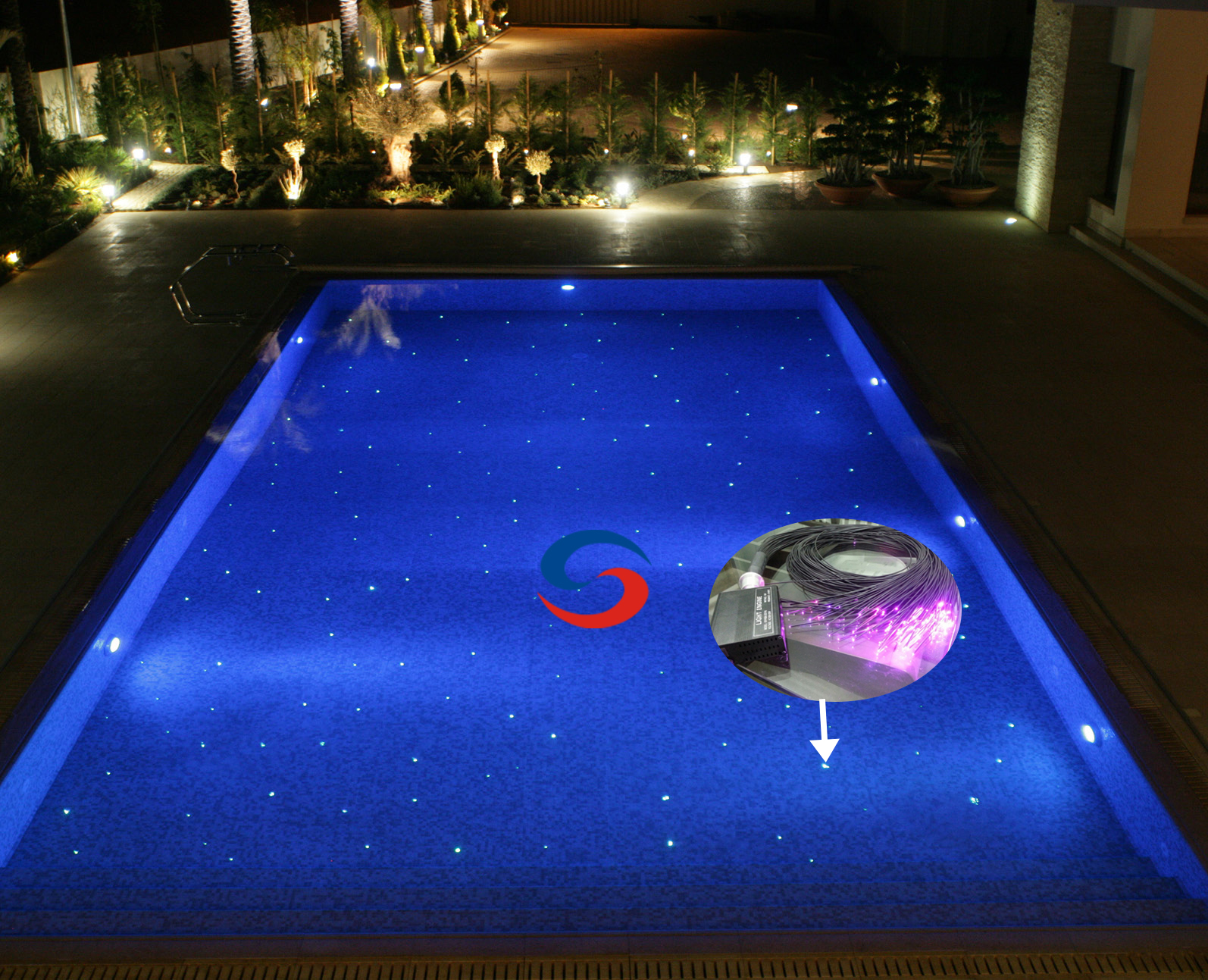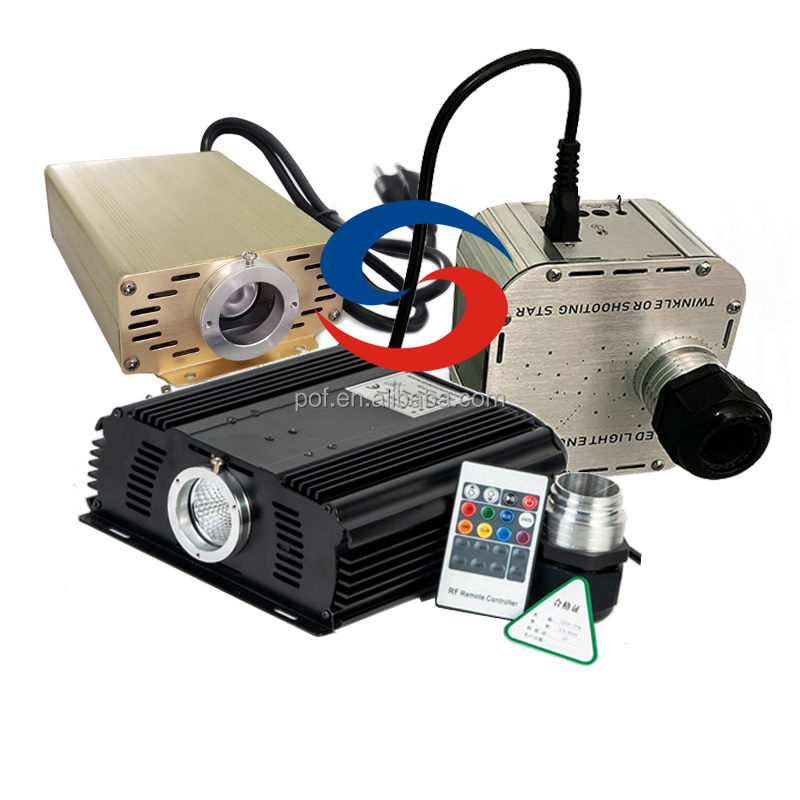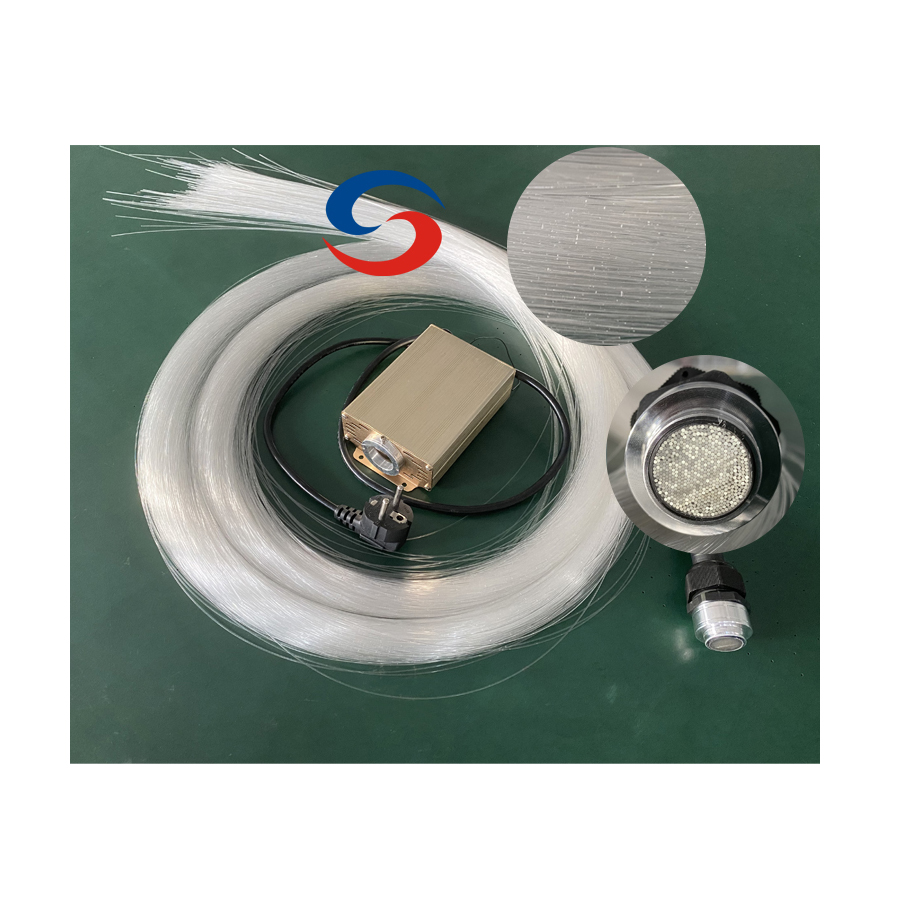Company Details
Company Details
 Fiber Optic Light
Fiber Optic LightFiber optic lights are a type of lighting technology that use optical fibers to transmit light from a source to various points. They are commonly used in decorative lighting, signage, Landscape Light and even for practical purposes like illuminating swimming pools.

The light source or called Fibre Optic Illuminator, usually an LED or halogen bulb, emits light into one end of the fiber optic cable. The cable consists of a core, which carries the light, and a cladding layer that surrounds the core, preventing light from escaping. The cladding layer has a lower refractive index than the core, which causes the light to undergo total internal reflection, bouncing off the walls of the core and traveling along the length of the fiber. Jiangxi Daishing's fiber never declading.

To create different lighting effects, the fiber optic cable is often bundled together as a Fibre Optic Lighting Kits and the individual fibers are arranged in various patterns or configurations. This allows the light to be distributed evenly or concentrated at specific points, depending on the desired outcome.
